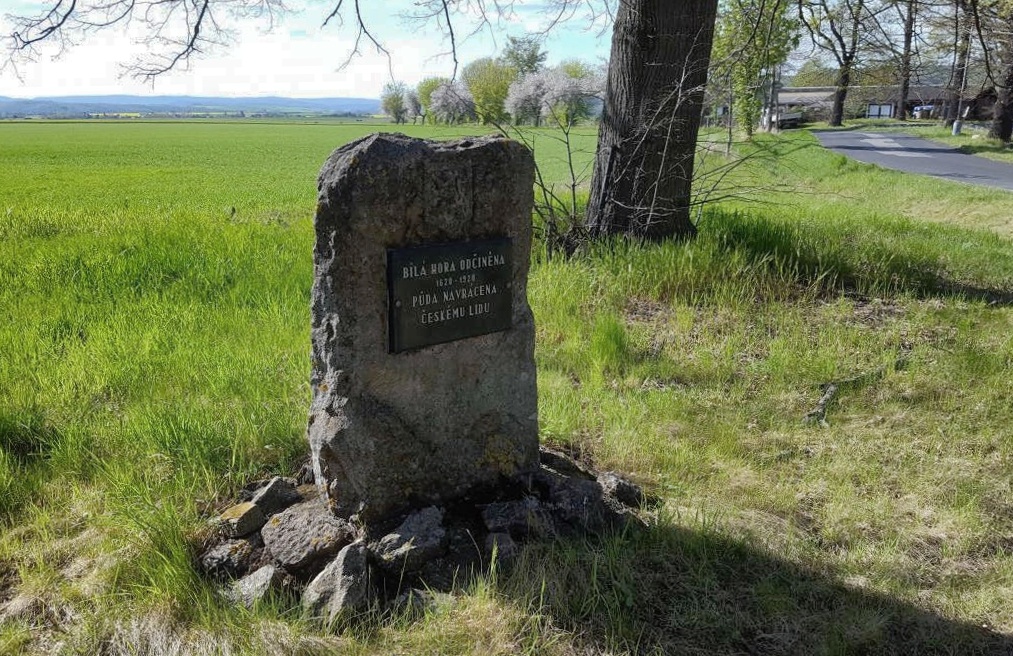The land reform – Skřipel
Fact of the Czech figure „The creation of an independent Czechoslovakia”
Part of the „Creation of the modern states (1918-1920)” topic
The small Bohemian village of Skřipel has a memorial to the land reform. There are at least ten other similar monuments throughout the Czech lands. Why is that?
The founding of the Czechoslovak Republic was accompanied by a struggle against the old feudal system and the old elites. The aristocracy was perceived negatively for many reasons, which is why the law on the abolition of noble titles and orders was one of the first to be issued. However, the land reform, which had been underway since April 1919, represented a much greater intervention in the lives of the nobility. Its essence was to seize land from large landowners and redistribute it mainly to small farmers and landless peasants.
From the outset, the land reform was associated with the problematic argumentation of the ‘White Mountain atonement’ and the restitution of land alienated by the German nobility. The scale of the Czechoslovak land reform was unprecedented in Europe. By 1936, 40,000 square kilometres of land had been taken, representing almost 29% of all land in Czechoslovakia.





